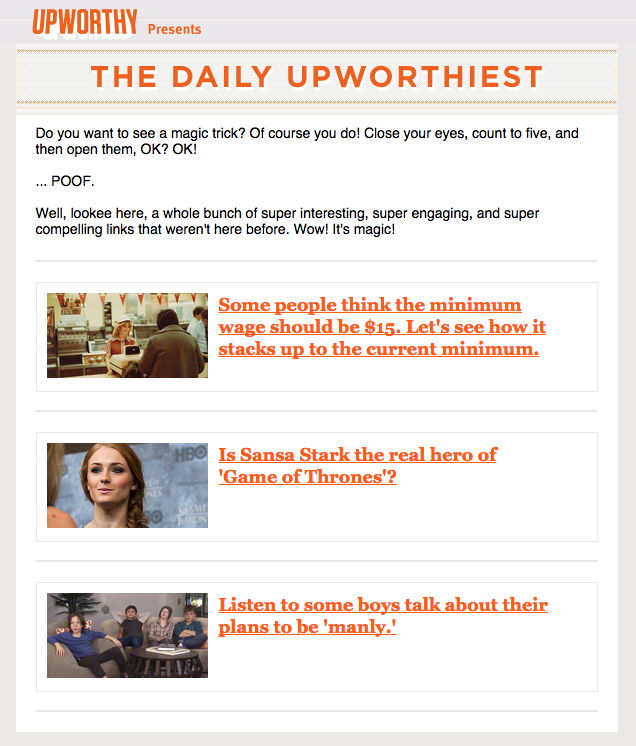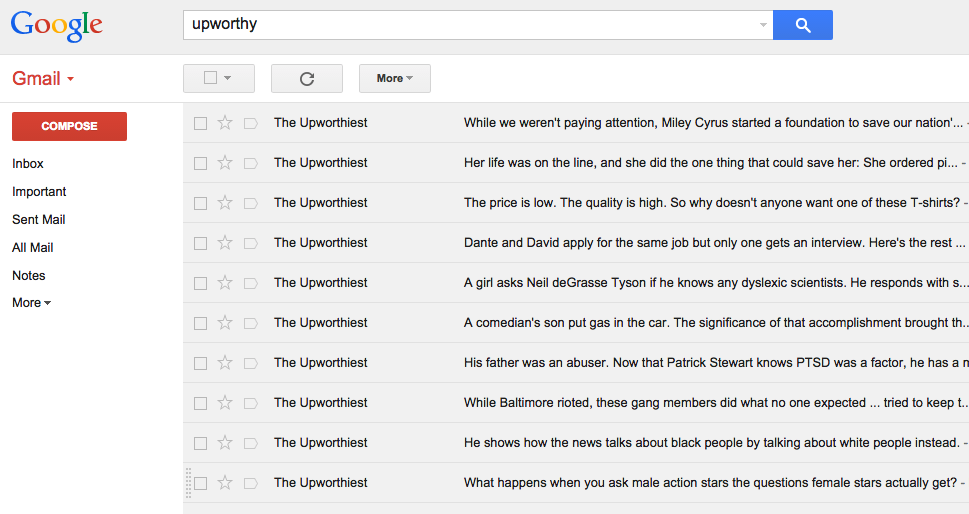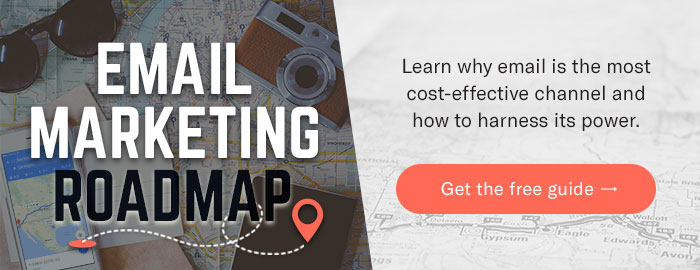Email subject lines: are they an art? A science? An exercise in pop psychology?The answer is yes! To craft a subject line that performs, you have to put yourself in the mind of your recipient (psychology), write something creative yet concise (art) and test it empirically (science).
Research on subject lines tends to be inconclusive, and the results are all over the place. The important takeaways vary widely from study to study, so your number one priority should be finding out what works for your specific audience and running with it. And, of course, testing so you can adjust your strategy as needed.
There’s one more important factor to consider when thinking about subject lines – the main goal of your email campaign. Are you going for sheer quantity of opens? Are you trying to generate awareness and stay top of mind? Or are you hoping to drive recipients to a landing page or other destination via a call to action?
Let’s take a look at how your email campaign goal can influence your subject line strategy.
I want as many opens as possible.
If your goal is huge open rates and nothing else — if you’re going the Buzzfeed/Upworthy route — you can afford to take some risks with your subject line. Upworthy is arguably the ultimate example of what critics call “clickbait” headlines, and it’s hard to dispute their effectiveness.
The site uses a combination of vagueness, hyperbole and an uplifting tone (not to mention a total disregard for traditional headline rules) to write headlines that almost force you to click. In fact, they write 25 headlines for everything they post and pick the one that sticks. But when Upworthy promises that a video will “change your life” or “make your whole week,” how often does the follow-through match the sales pitch?

You can promise the moon in your subject line, but if you can’t follow through, ultimately you’re losing credibility with your audience. Clickbait-style subject lines might be a workable strategy for those who have email advertisers to appease, but for most businesses, they’re not in your best interest, at least not in the long term.
I want to promote long-term awareness.
If your industry has a long sales cycle, your main goal may simply be name recognition. For example, a real estate agent knows that their past clients will only need their services every five years or so; therefore, they can’t expect them to be interested in new listings all the time. But that doesn’t mean the agent can just ignore their past clients.
What if, a few years down the road, they’re ready to buy or sell again, but they’ve forgotten your name? Sending them relevant, helpful, non-sales-driven content on a regular basis will keep your name and brand top of mind when they’re ready to do business.
Your subject line strategy for this goal should strike a balance between engagement and accuracy. Write subject lines that accurately represent what your content will deliver, without over-promising, but also without completely giving away the game, leaving just enough mystery to entice readers to open.
You should also think about what motivates a reader to open your email; the most effective reasons tend to be benefit and fear. For example, an insurance agent could test a campaign about defensive driving using the following:
Benefit: “How Defensive Driving Classes Can Lower Your Insurance Costs”
Fear: “Defensive Driving: Are You Paying Too Much for Insurance?”
In this case, when A/B testing your subject lines (and you should definitely test your subject lines), the open rate will be your most important guide and should be the criterion that determines the winner. But don’t forget to pay attention to the unsubscribe rate as well. Your rate of attrition will tell you a lot about whether your subject lines are misrepresenting what’s in your campaign or if you’re coming off as spammy.
I want to drive a specific action.
Subject lines and open rates go hand-in-hand, so the subject line that gets more opens should be the winner, right? Yes, they do have a direct relationship with each other, but it’s more complicated than that.
If your main goal is simply to get your email content in front of as many eyeballs as possible, then open rate will be your most important metric. If, however, you care more than anything about funneling readers from the email itself to another destination–a landing page or website–then open rate is no longer your Holy Grail.
You’ll need to think about click rate and click-to-open rate as well. These two rates are important for campaigns that are intended to result in immediate sales, referrals or event registrations.
So what does all that have to do with subject lines? When crafting a set of subject lines to test, using click rate as your criteria for winning may make more sense than using open rate. If that’s the case, you’ll need to take even more care to write subject lines that are intriguing without being misleading. You don’t just want opens–you want opens that will turn into clicks. If you write a subject line that’s in any way disingenuous or inaccurate, you’re sacrificing potential visits to your landing page.
A subject line that’s intriguing but ultimately misleading may boost your open rate, but you’ll pay for it in a lower click rate and a much higher unsubscribe rate.
Don’t forget the preheader.
There’s an oft-forgotten third piece of content that your recipient sees before they open your email: the preheader. You know that sender name and subject line are incredibly important but have you ever wondered about that little snippet of text that many email clients display immediately after the subject line? That’s the preheader, and it’s your subject line’s powerful little sister.
Customizing your preheader so that it complements your subject line can provide a big boost to your performance. If you’re interested in learning more about preheaders, Campaign Monitor has a good summary with some practical tips for implementing a custom preheader, no matter what email provider you’re using.
Wrap-Up
There’s no silver bullet, no special magic words that will unfailingly make your email campaigns successful, so it’s important to experiment with different strategies and formats. And when you’re writing and testing your subject lines, always keep your ultimate goal in mind.
Learn more about writing the perfect subject lines in our 2015 roadmap to email marketing, and if you want someone to just do all the work for you, we can help you out.





![Better Email Etiquette Equals Better Marketing Results [16 Rules]](https://www.outboundengine.com/wp-content/uploads/shutterstock_411184843-1-400x250.jpg)

